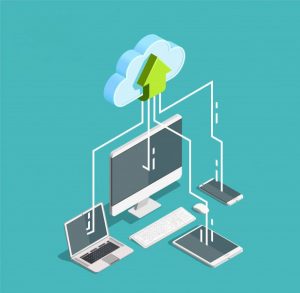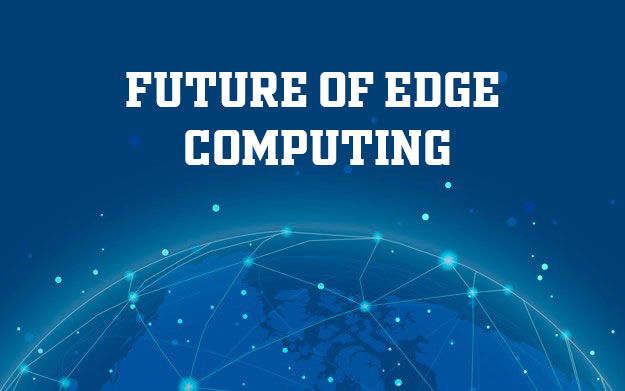What Is Edge Computing And Why It Matters?

Thanks to the increased usage of IoT (Internet-Connected) devices and the advent of newer applications that need data to work on a real-time basis, edge computing is fast gaining a foothold in the world of IT. But what exactly is edge computing and why does it matter so much in today’s app-driven world. Let’s take a look.
What is Edge Computing?
Edge computing is a term used to denote data computation done near the latter’s source instead of at a centralized cloud or data centre. In other words, services like data storage and computation (basic tasks) are brought closer to the data source rather than being located at a data centre thousands of miles away.The purpose of edge computing is to reduce the myriad issues that arise from sending and receiving data across a long distance, including latency, one of the main issues. Edge computing can also reduce costs related to data processing by having it done locally than transferring it to a distant cloud or data centre.
The Myriad Benefits of Edge Computing

Why does Edge computing matter in today’s technology-driven world? Here are some of the benefits offered by edge computing for individuals and companies.
- Reduced overhead Costs for Companies:Edge computing can drastically reduce the costs related to data processing for companies handling large amounts of data. For instance, a company investing in an edge-computing architecture would find the costs related to the same significantly lower than the bandwidth costs paid for transferring data to and from a centralized cloud location.
- Increased Data Storage and Processing Speed:One of the main benefits of edge computing is that it allows the faster processing of data, thus reducing latency issues frequently experienced by real-time applications. Edge computing services provide local sources for data storage and processing. These services act as gateways, which can process data received from edge devices, thus sending only relevant data to the cloud and back. This, in turn, can reduce bandwidth needs considerably, which can be beneficial for applications requiring data responses on a real-time basis.
Let’s take an example of a facial recognition system for a smartphone. In traditional cases, a smartphone that scans the person’s face would send the data to a cloud, which would process the data and send the results back. This would take a long time. However, with edge computing, this issue is taken care of by placing an edge server, which would process this information locally and send the results back within a short span.
Reduced delays in Data Transfer
The same can be said for real-time applications like self-driving cars, AI, augmented reality, automation systems, smart cities, and so on where latency in data processing can lead to serious issues. By providing more processing control to the network edges, the delays can be reduced significantly, thus improving the productivity of these applications immensely. In addition to this, edge computing would provide newer functionality to real-time processes that would otherwise not be able to enjoy 100% productivity.
The Future of Edge Computing

Edge computing is slated to become more advanced in the coming days. With an increase in the number of applications that require advanced computing and storage services, edge computing would lead to the rise of more edge servers and data centers to process local information.The emphasis would be placed on addressing the issues common with edge computing. Challenges related to data consolidation across multiple data realms will be monitored, with more and more ecosystems choosing to feed off data from edge servers directly rather than a centralized cloud.
Edge computing will also give rise to more advanced ML and AI services, as well as more sophisticated use cases. This, in turn, would make data management across these services and the data processing centers more challenging. And addressing these challenges will be one of the major concerns of companies planning to utilize the feature.
Edge computing would also have an increased focus on improving the security of data centers that process data locally. The rise of new technologies for data storage and processing would also give rise to newer threats to the security of data processed in these edge centers. As such, companies offering edge computing services would need to pay extra attention to ensuring that the data stored and processed in their centers are secure, while the services they offer through these centers must be robust and secure with minimal chance for errors.
Article Resource:- https://www.eligocs.com/edge-computing/what-is-edge-computing-and-why-it-matters/
